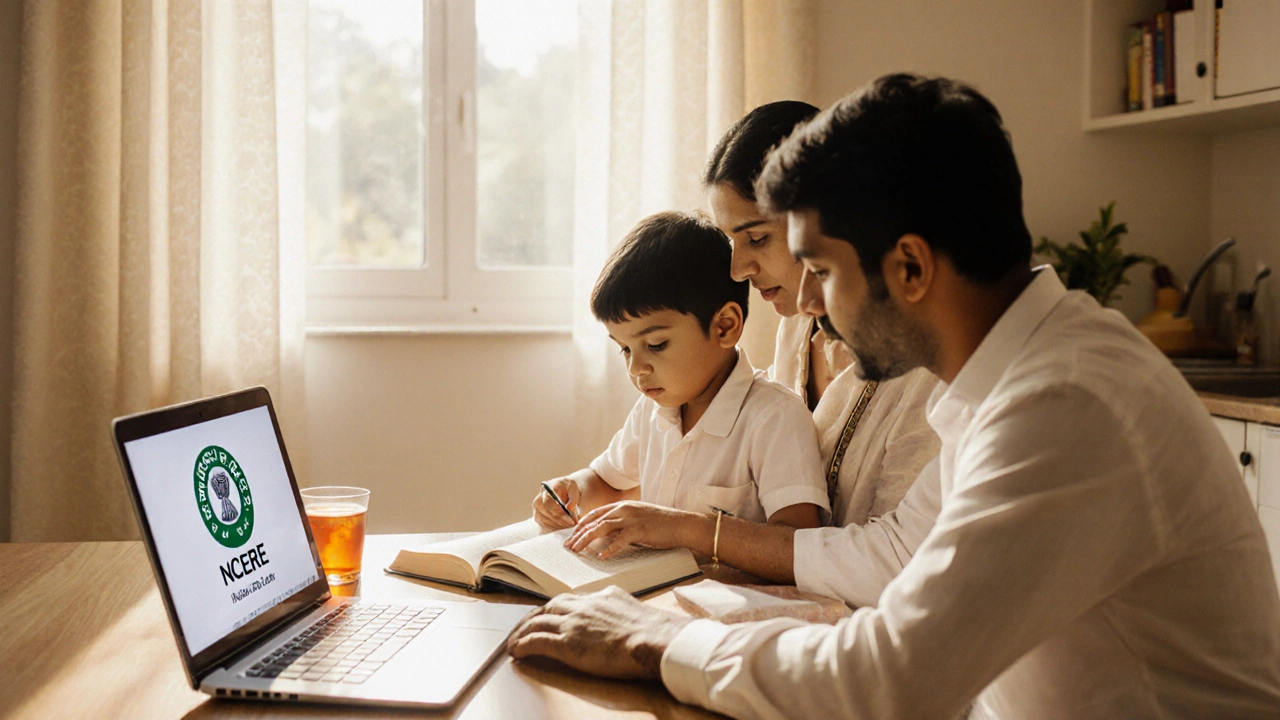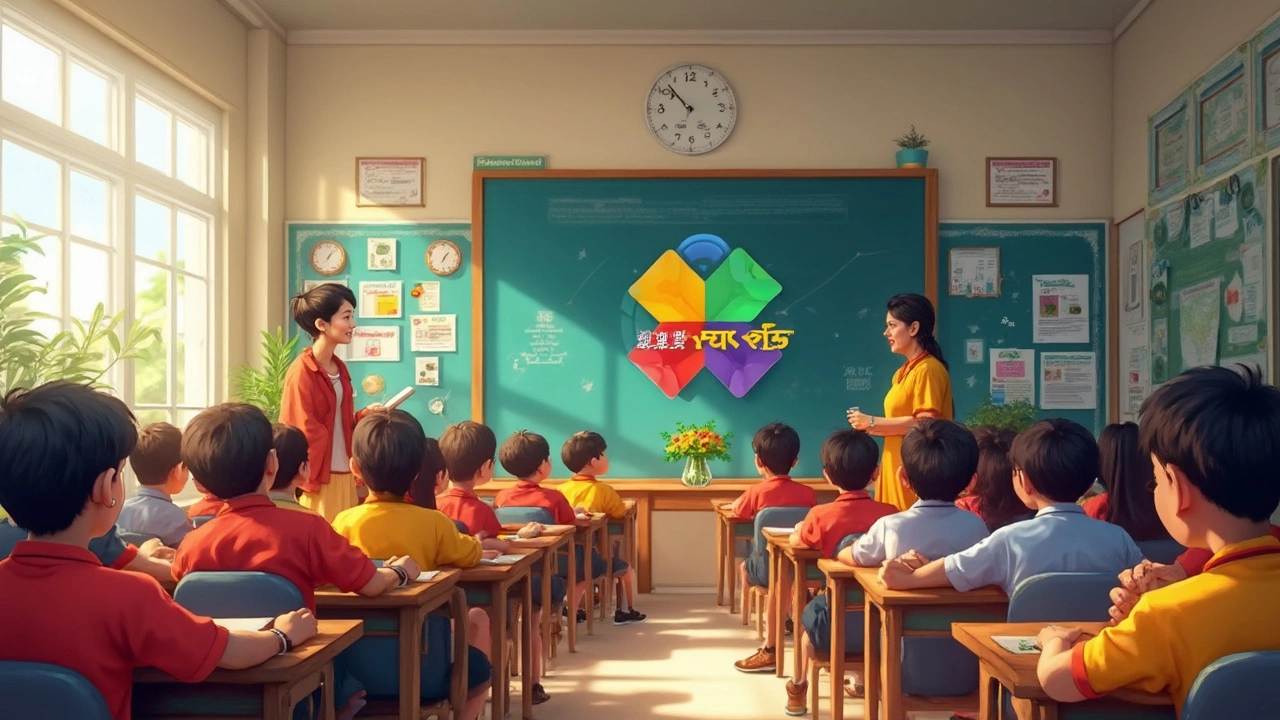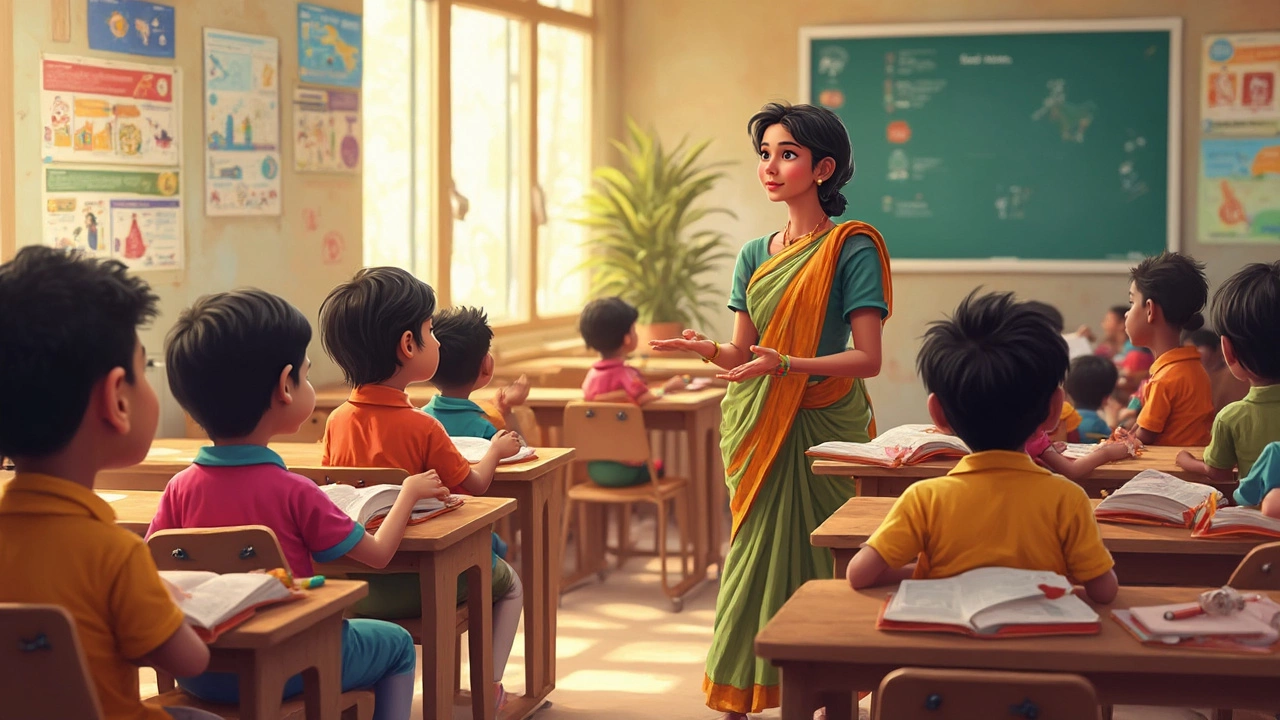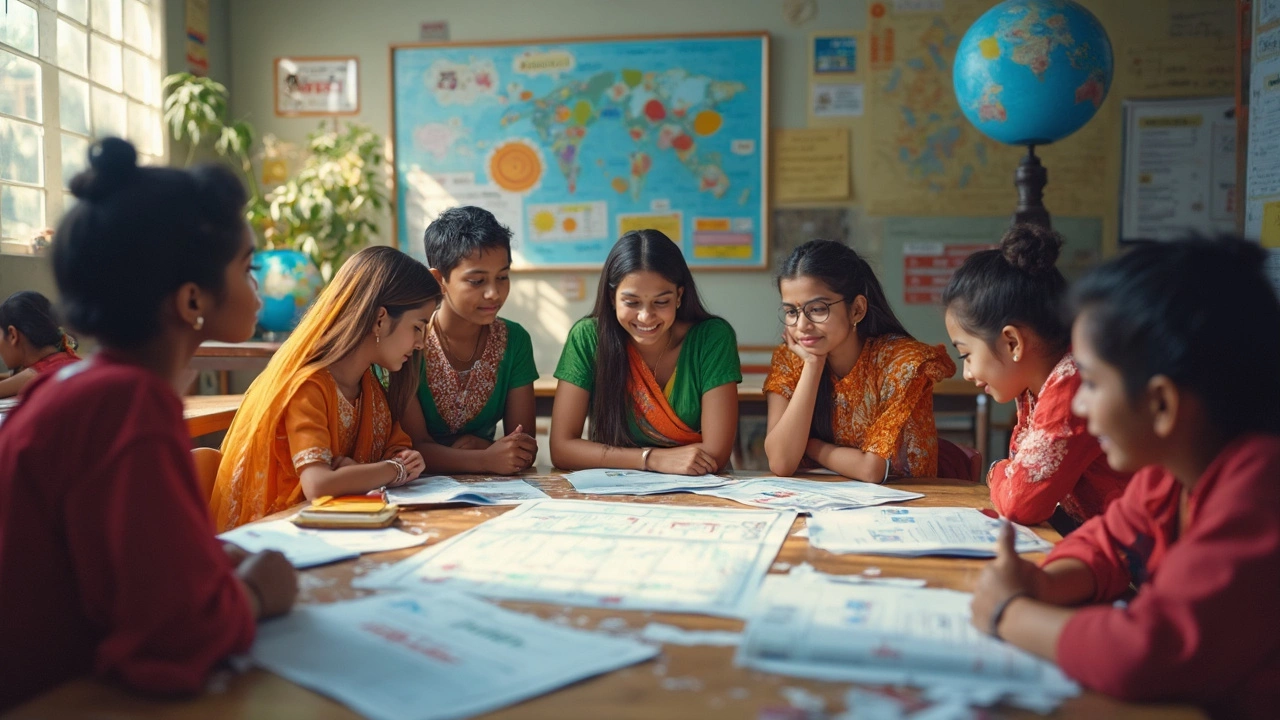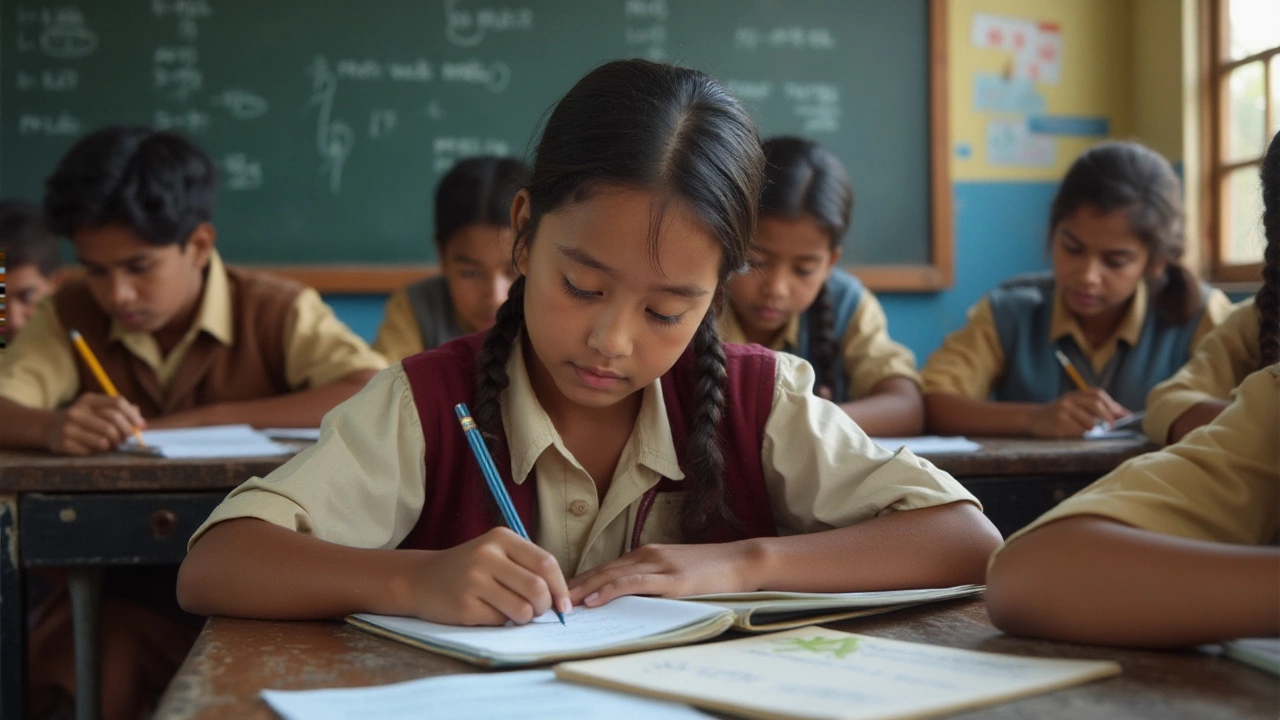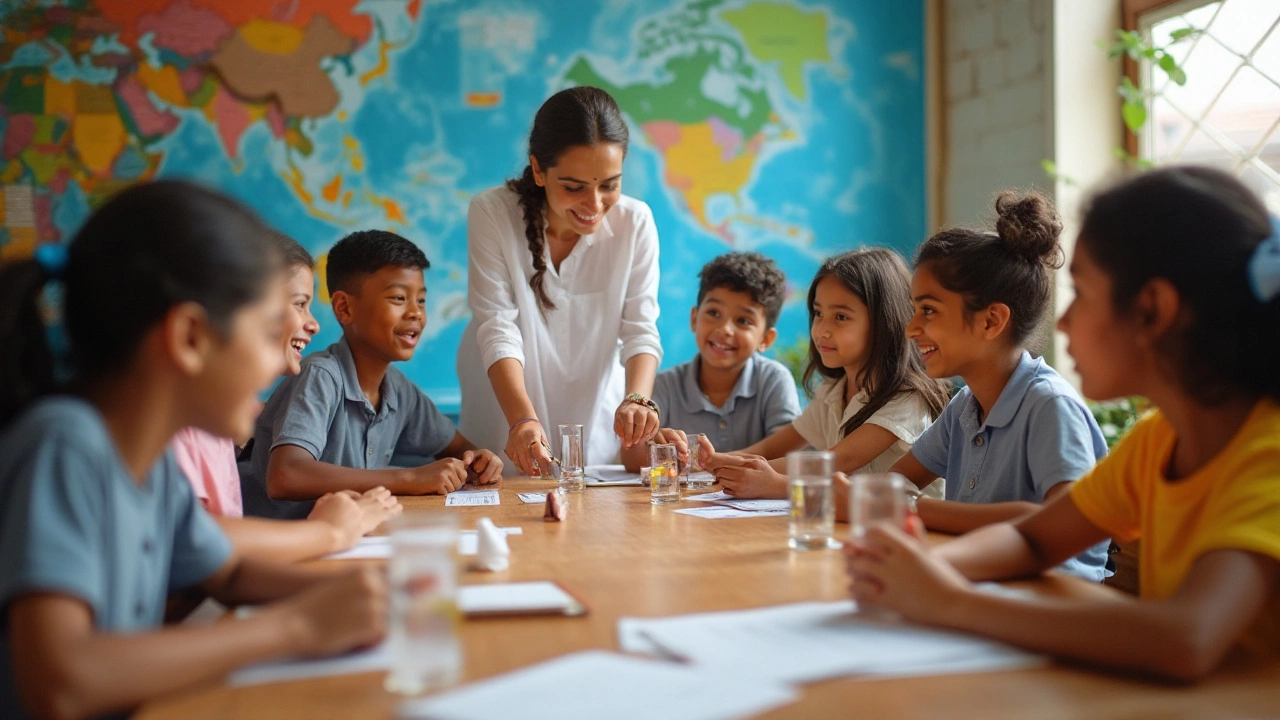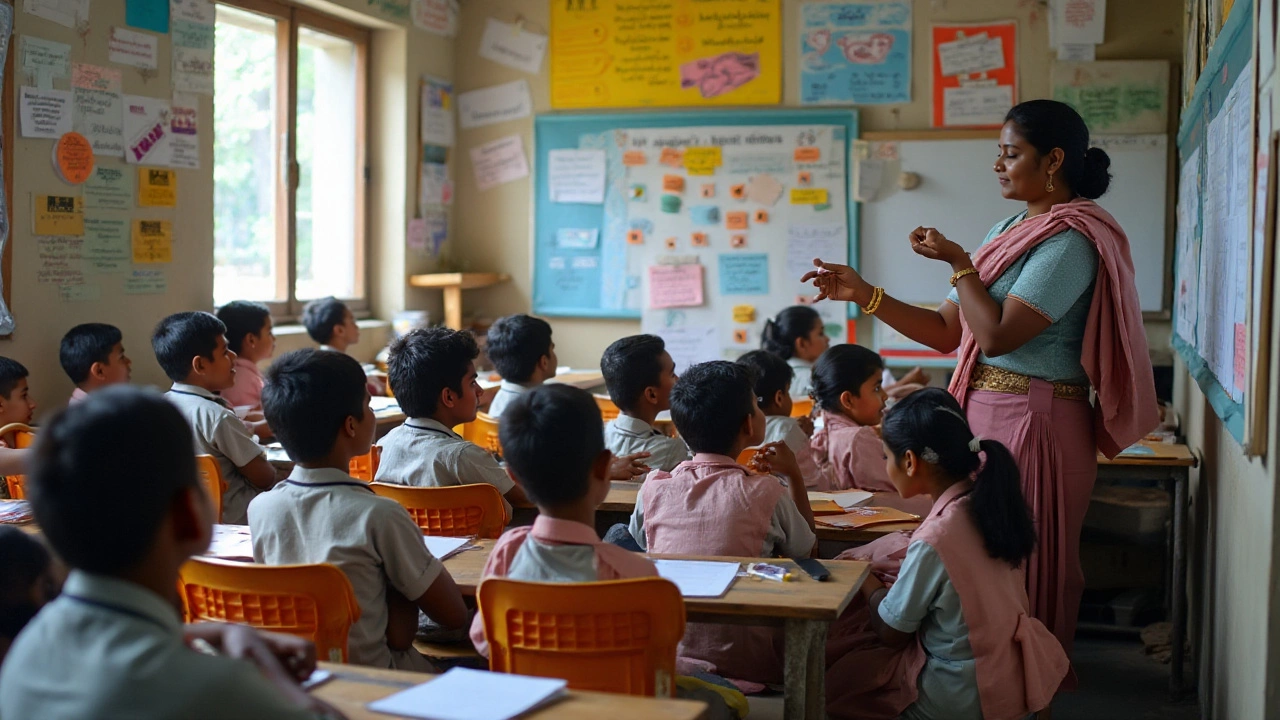CBSE Syllabus: What's Included and How It Shapes Indian Education
When you hear CBSE syllabus, the official curriculum framework set by the Central Board of Secondary Education for schools across India. Also known as the CBSE curriculum, it determines what students learn from Class 1 to Class 12, how exams are structured, and what skills are prioritized in Indian classrooms. This isn’t just a list of topics—it’s the backbone of how millions of students prepare for board exams, competitive tests, and even future careers.
The CBSE syllabus, the official curriculum framework set by the Central Board of Secondary Education for schools across India. Also known as the CBSE curriculum, it determines what students learn from Class 1 to Class 12, how exams are structured, and what skills are prioritized in Indian classrooms. This isn’t just a list of topics—it’s the backbone of how millions of students prepare for board exams, competitive tests, and even future careers.
The NCERT textbooks, the standardized learning materials prescribed by the National Council of Educational Research and Training for CBSE schools are the main source for this syllabus. Every chapter, diagram, and exercise in those books is tied directly to what appears on the board exams. Teachers rely on them. Students memorize them. And if you’re aiming for JEE or NEET, you’re essentially building on this foundation. The syllabus doesn’t just teach facts—it teaches how to think under pressure, how to structure answers, and how to manage time during high-stakes exams.
It’s also changing. Over the last few years, CBSE has shifted from rote learning to application-based questions. That means you can’t just memorize formulas anymore—you need to know how to use them. A question on photosynthesis might now ask you to compare it with artificial light systems in greenhouses. A math problem might tie to real-life budgeting. This shift makes the CBSE board exams, the standardized national examinations conducted by the Central Board of Secondary Education for Classes 10 and 12 harder, but also more meaningful. And that’s why so many educators and coaching centers now design their PPTs around these updated patterns.
What you’ll find in the posts below isn’t just theory. It’s practical breakdowns of how the syllabus is taught, how teachers explain tough topics, and how students can turn these guidelines into real results. Whether you’re a student trying to cut through the noise or a teacher looking for fresh ways to present the material, these resources cut straight to what matters: understanding the CBSE syllabus not as a document, but as a living system that shapes learning across the country.
